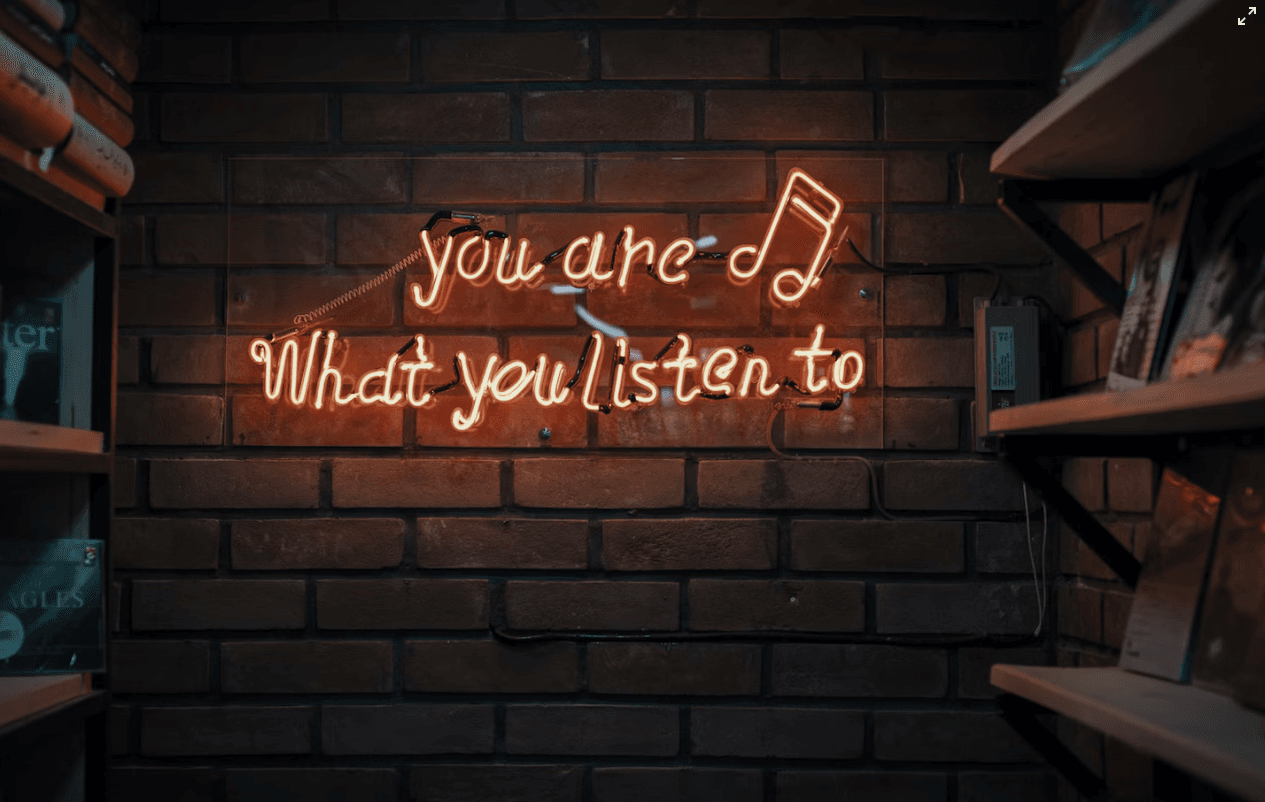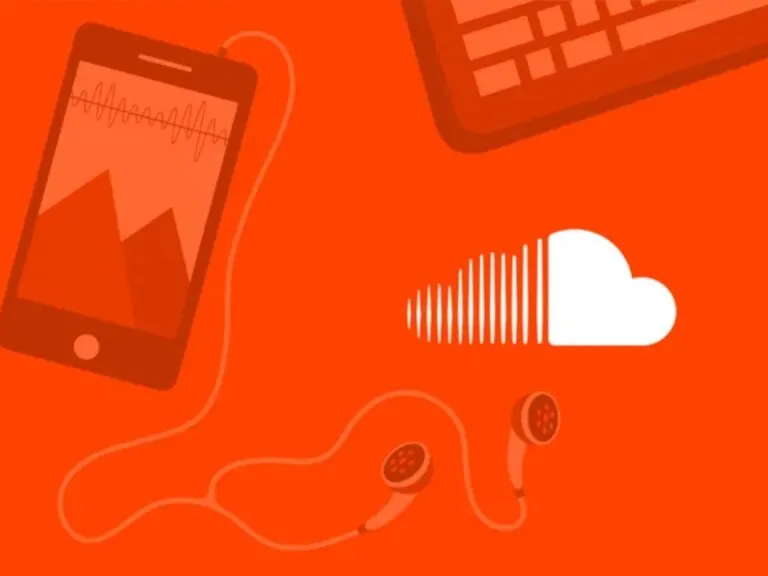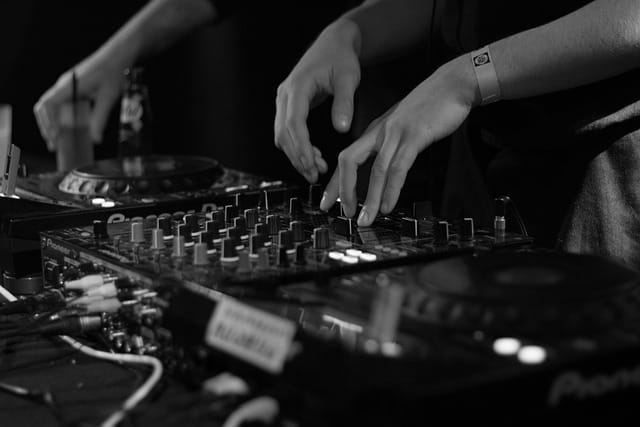Tour Dates | Shop | Contact
While both house and trance are genres of electronic dance music (EDM), they differ in rhythm, energy, and emotional tone.
1. Tempo and Beat
- House music typically ranges from 120 to 130 BPM (beats per minute) and features a steady 4/4 beat with a groove-heavy, danceable rhythm.
- Trance music is usually faster, from 130 to 145 BPM, and emphasizes melodic build-ups, breakdowns, and hypnotic progressions.
2. Structure and Feel
- House focuses on rhythm and groove. It often incorporates soulful vocals, funky basslines, and warm textures. Subgenres like deep house, afro house, and tech house are all about mood and movement.
- Trance, on the other hand, aims to create an emotional or euphoric journey. It often features long, atmospheric breakdowns and dramatic drops, evoking a dream-like or spiritual experience.
3. Origins
- House music originated in Chicago in the 1980s and was deeply influenced by disco, soul, and funk.
- Trance emerged later in Germany and the UK in the early 1990s, evolving from techno and acid house.
4. Example Artists
- House: Frankie Knuckles, Carl Cox, Play House (Paris-based DJ known for soulful and rhythmic house music)
- Trance: Armin van Buuren, Above & Beyond, Paul van Dyk
If you’re a fan of house music and want to explore fresh, global sounds, check out Play House’s productions. He blends elements of afro house, deep house, and organic grooves to create tracks perfect for dancing or relaxing. Discover his music here:
Both house and trance offer incredible experiences—house is your groove, trance is your trip.



